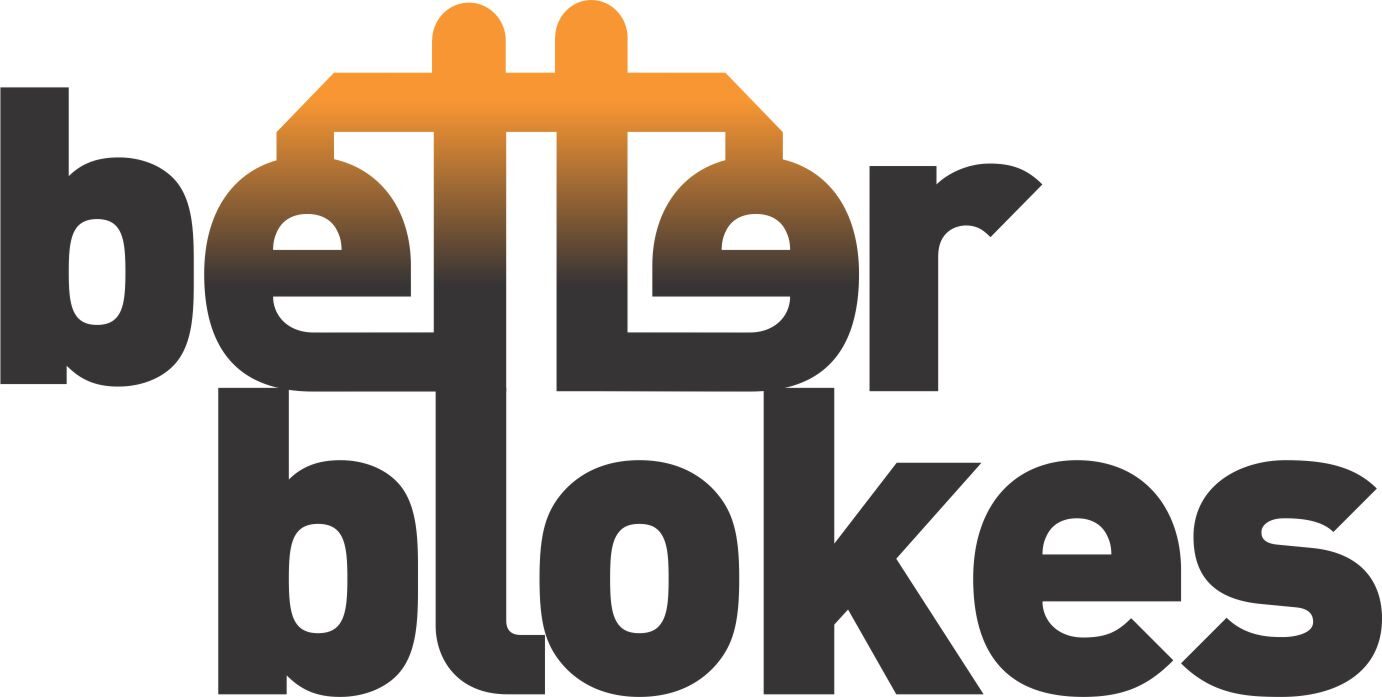The device is based on state-of-the-art molecular biology, and the latest scientific discoveries in the field of microRNA – a class of tiny biological regulator molecules, discovered in 1993. They can be used as a “perfect, highly sensitive biomarker,” as their levels vary in the blood, forming specific patterns characterizing different types of cancer, even at the early stages.
“You don’t need to wait until you have any symptoms, you don’t need to know which disease you are looking for, you only need 1 milliliter of blood and a relatively simple array of tools,” the company’s blog stated.
The blood sample is pipetted into a 96-well plate with patented biochemical reagents, which is then loaded into the device for about an hour. A smartphone, put on top of the device, takes pictures, documenting the pace of the reaction that reveals the microRNA strings by lighting up the well green. The data is then sent to the online database for interpretation of the diagnosis.
“We’re talking about a decentralized system; the main challenge is to make it robust enough so it can be done by an untrained person anywhere in the world in not-so-optimal laboratory conditions,” molecular biologist Fay Christodoulou said.




